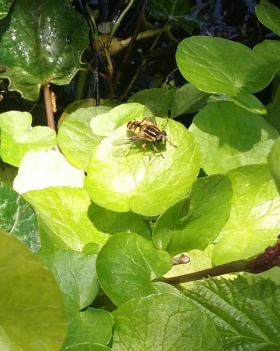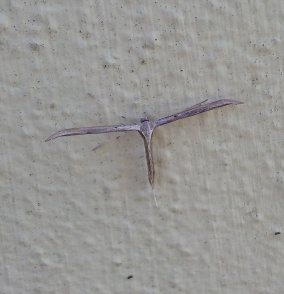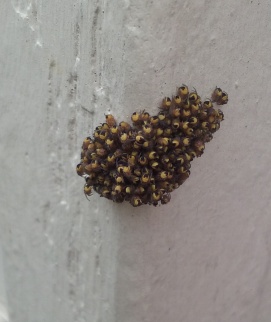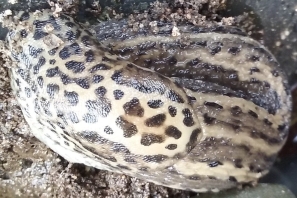It’s been pouring down with rain all day and a tad bit chilly for this time of year but yesterday there was a glimpse of sunshine. Even though the sun shone through a break in the cloud for just a short time, it was still long enough for a variety of tiny creatures to take advantage of its warmth.
I saw a hoverfly cleaning itself sat on a celandine leaf by the edge of the pond. 
Speckled wood, orange tip and blue butterflies fluttered about the ivy hedge.
A plume moth had a rest and got some much needed warmth from the wall. 
Red mason bees swarmed around one of the small bee hotels. Males pushing each other away as they rushed to find a female. I was happy to sit close by and watch these bees for a while as they are not aggressive and now and again one would land on me for a rest. Once a female had been found he knocked her to the floor where they seemed to mate for quite some considerable time.
You can see a short video I took of the bees here.
There were a variety of spring bees buzzing about enjoying the blossom and other garden flowers. It just shows how important early wildflowers and spring blossom is to these early emerging bees.
Finally as the sun disappeared behind a cloud and it started to rain, it all went quiet again in the garden. Tiny garden spiderlings that were about to disperse in the sunshine, suddenly decided they would wait for another day and huddled back together for warmth. 
The tiny creatures I saw moments ago where now tucked up somewhere dry and warm leaving the slugs to enjoy the rain.












